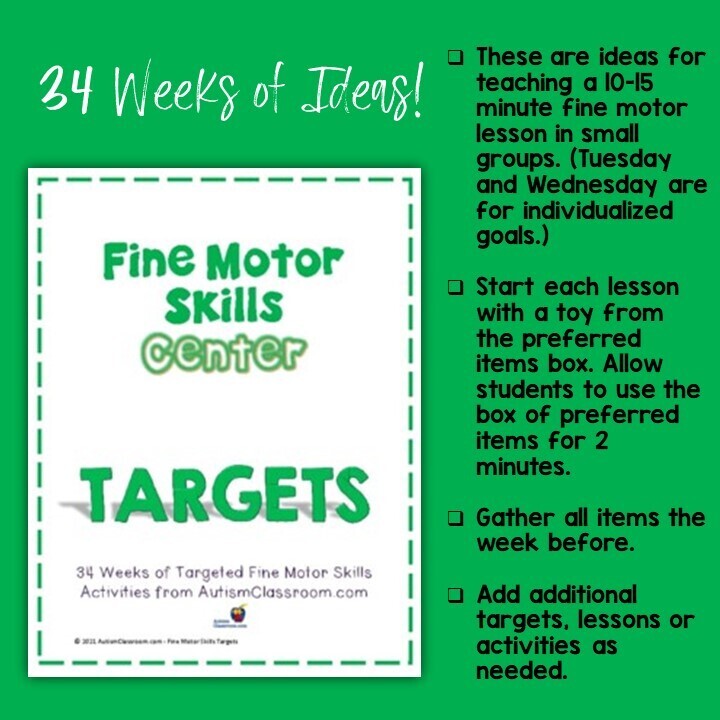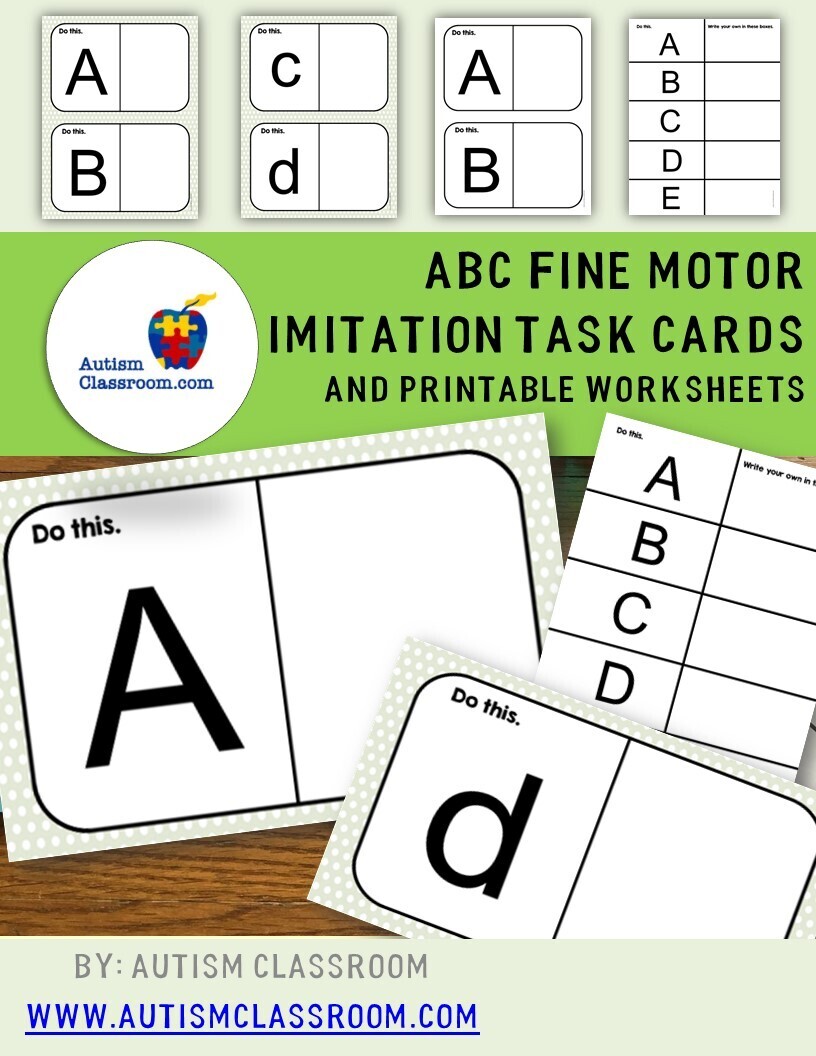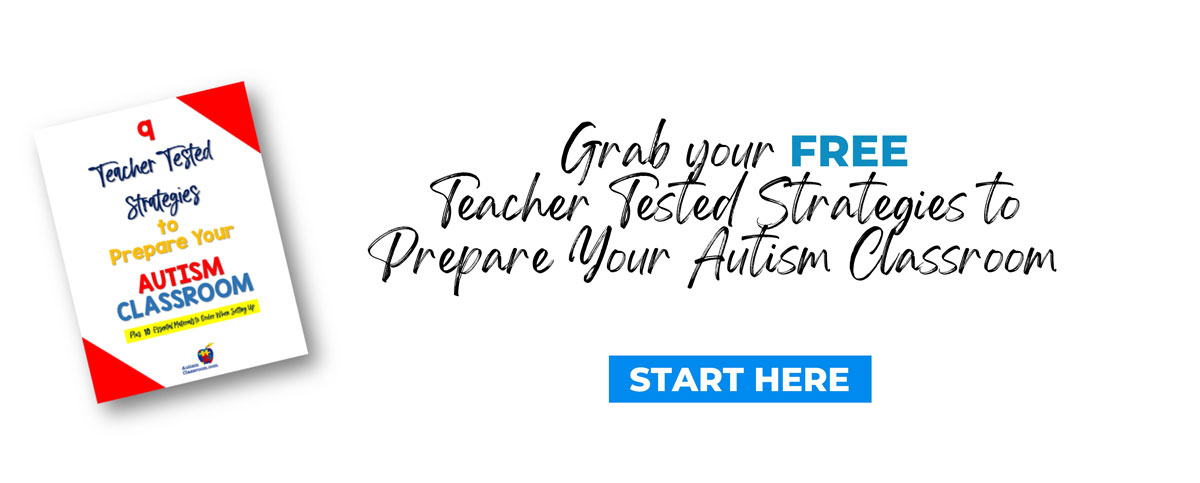
Fine Motor Challenges in the Autism Classroom
Encouraging fine motor skills in an autism classroom could come with its own set of challenges. Some students struggle with sensory sensitivities, making it difficult for them to tolerate certain textures like playdough, glue, or even holding a crayon. Others may have low muscle tone in their hands, making tasks like cutting with scissors or grasping a pencil feel exhausting.
But, you are creative and you try your best to make activities that students will love. You can empathize when there are the students who need extra motivation to engage in fine motor activities. You know that if an activity doesn’t feel meaningful to them, they may lose interest quickly. Also you know that for some students, the challenge isn’t just about grasping an object but also coordinating movements, like buttoning a shirt or stringing beads.
Lucky for them, they have you. With patience, consistency, and the right supports, fine motor skills will improve. Even if it is one small step, cut, line, loop, paste, or dot at a time.
The Specialist to Help
Occupational therapists (OTs) are the go-to professionals for supporting fine motor skill development in students. They help strengthen hand muscles, improve coordination, and adapt activities to meet individual needs. Collaboration between teachers and OTs can lead to strategies like using specialized grips, hand-over-hand guidance, and sensory-friendly tools to support student success. But when an OT is not available, we have to still make things happen in the classroom for that student.
What You Can Do
In the classroom you can be sure to intentionally plan activities that work on fine motor for your students. Each student will be at a different place in their journey, but you can meet them where they are and take them a little further. Get ready to break out your paper, laminator and dry erase markers. We have a set of teaching materials that can be printed, laminated and used over and over again!
With the Fine Motor Practice Bundle | Autism, Preschool, and Special Education Activities, you’ll be able to help address and encourage fine motor development in students who need it. This bundle has a number of highlights from tracing lines to alphabet writing to copying circles.
What is in the Fine Motor Bundle?
Autism, Special Education, Kindergarten - Fine Motor Activities (Tracing)
These worksheets make it easy for your students with autism, student in special education, or students in kindergarten to practice pencil control, hand-eye coordination, and pre-writing skills in a fun and stress-free way! This pack includes tracing tasks for horizontal, vertical, and curved lines, crosses, slanted lines, letters T, V, O, C, and even shape outlines. These task cards can be used with materials like playdough, yarn, and toy cars, to let you be as creative as you need to be. Plus, we've got you covered with a set featuring a plain background for ink-saving printing!

Autism, Special Ed., Kinder. Fine Motor Imitation Task Cards (Lines and Shapes)
This set include task cards and worksheets. They also cover these skills: horizontal and vertical lines, curved lines, crosses, slanted lines, and letters T, V, O, C, and shapes. But they focus on copying and there are worksheets included. The worksheets allow you to have 5 trials of a skill. You can laminate the pages and use them over and over again with dry erase markers or print them out and use them as traditional worksheets. You can see an example below.

Autism, Special Ed., Kinder. Fine Motor Imitation Task Cards (ABC's)
I love this set that is tailored for alphabet writing and fine motor imitation skills! Plus, their is a set with a plain background so you don’t use up all of your color ink. Laminating them (especially on cardstock) allows for repeated use with dry-erase markers. The task cards feature uppercase and lowercase letters, where students copy the letter shown on one side and write it on their own in the blank space. The printables, however, provide space for students to practice writing five different letters on one page. These can be photocopied over and over or laminated and then used over and over. With both plain-background task cards and letter imitation worksheets included, this resource give you options as you plan the activities to work on fine motor for you students.

Autism, Special Education, Kindergarten- ABC-123 Writing Task Cards
Ok, so now we are moving into the idea of writing numbers. The resoruce listed here can be used in a group setting, as a center activity or as a 1:1 skill lesson. The bonus set with uppercase bubble letters adds extra fun with the possibility of using various manipulatives such as yarn, play dough, etc. If you choose to laminate these, students can use dry-erase markers and create a multi-sensory alphabet adventure time and time again.

Check this Bundle out!
Here is the information on the bundle Fine Motor Practice Bundle.
If you need more ideas for fine motor, you can check out our other blogs here:
9 Fine Motor Activities That are Easy to Implement in an Autism Classroom
The Key to Teaching Fine Motor Skills Autism Support Teachers Want to Know


